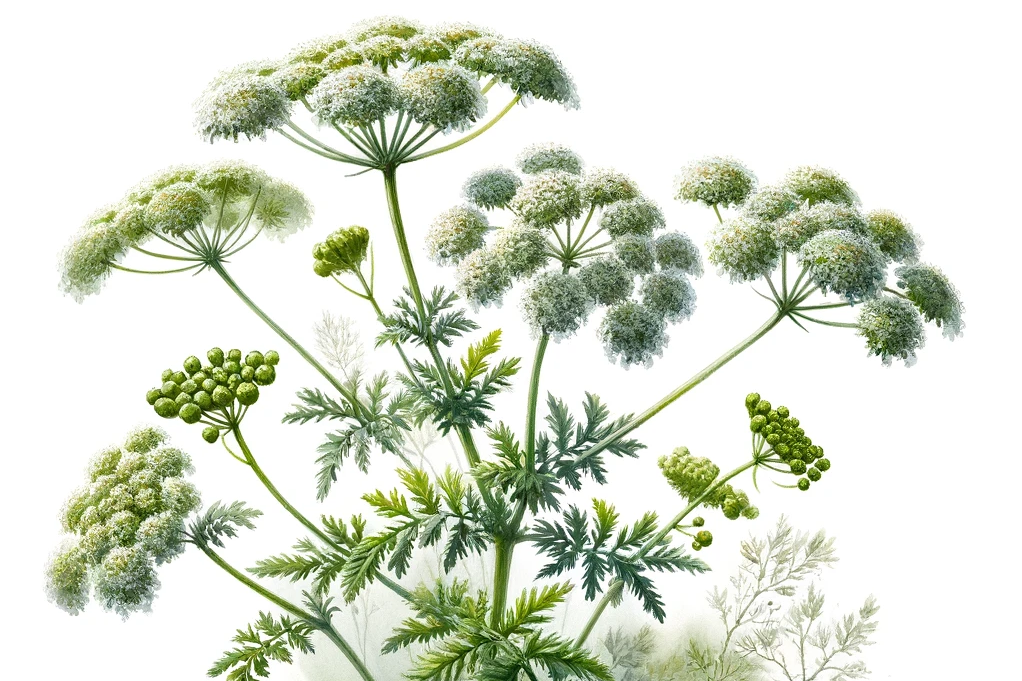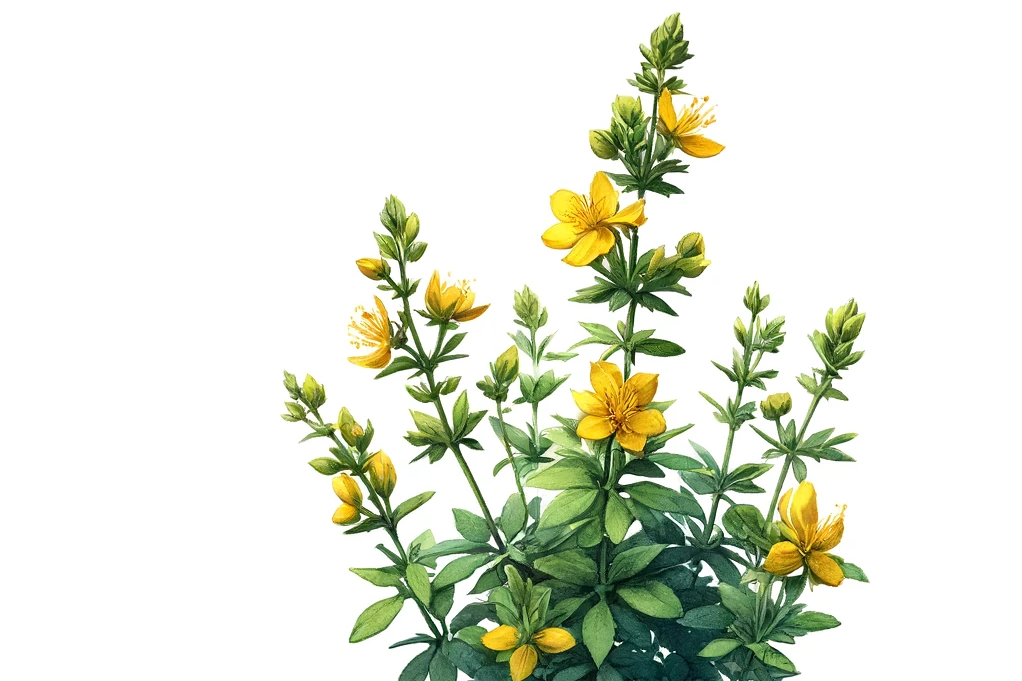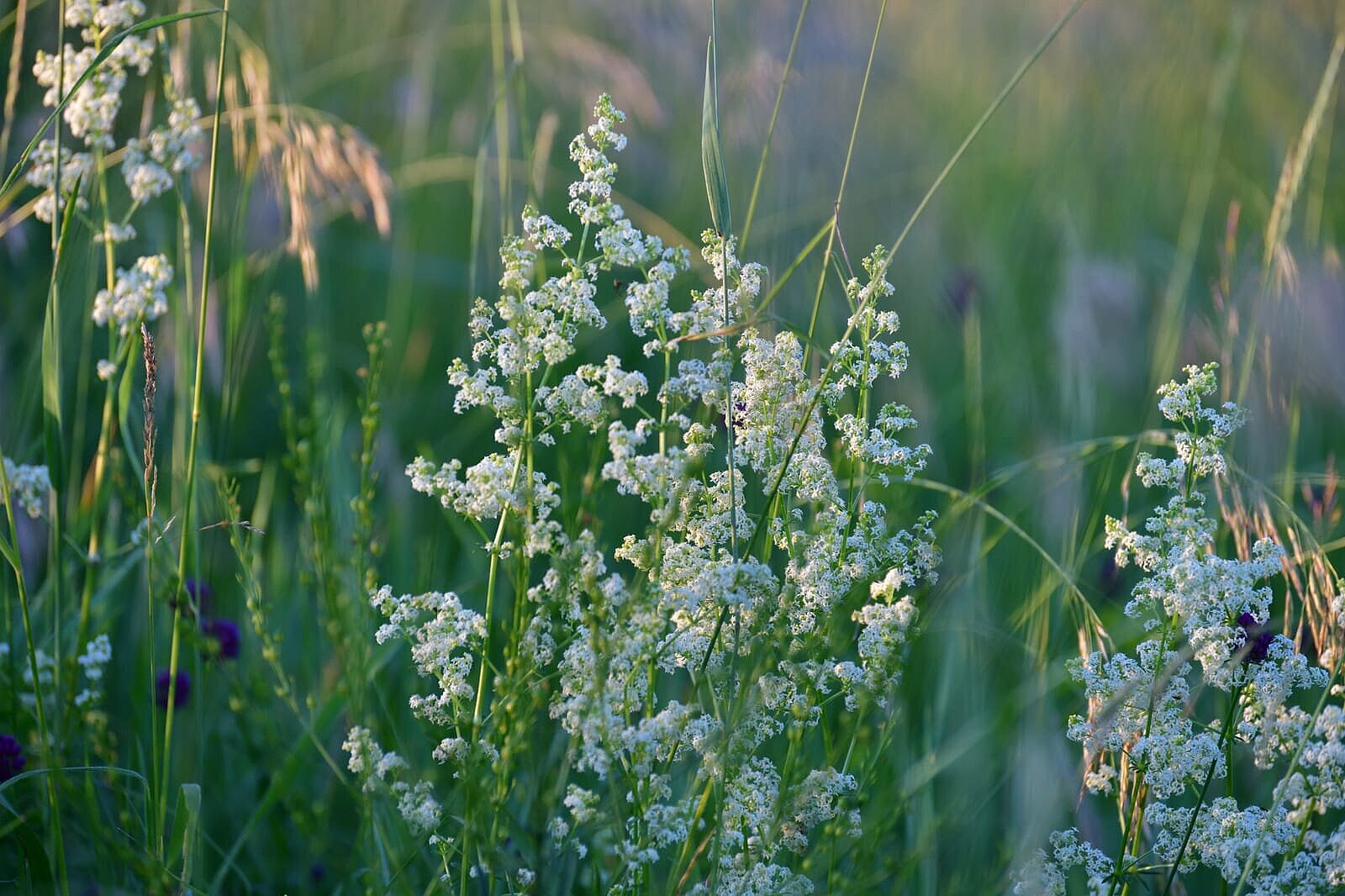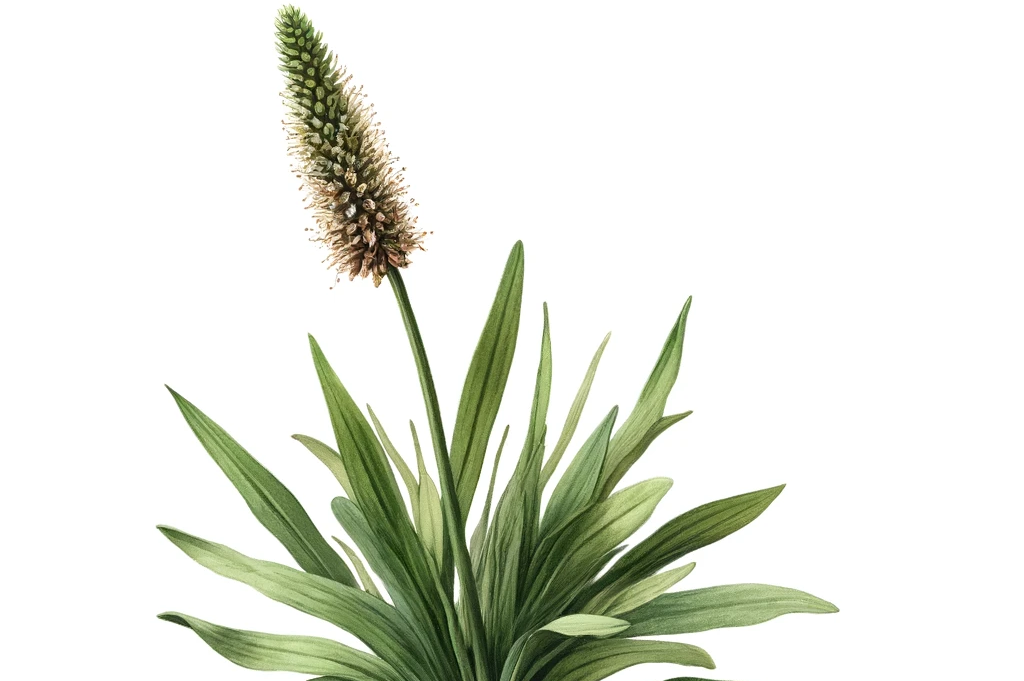Goosefoot cinquefoil

Cinquefoil is a native wild plant that has many positive properties for dogs' health. In this article you will find out what cinquefoil is, how it works and how you can use it for your dog.
What is cinquefoil?
Cinquefoil (Potentilla anserina) belongs to the rose family and grows creeping along the ground. The plant has pinnate leaves with a silvery underside and bright yellow flowers. It is very robust and tolerates both waterlogging and salt. It is often found in meadows, on lakeshores or by the wayside.
The name cinquefoil comes from the shape of the leaves, which resemble goose feet. The plant also has other names such as silverleaf, anserine or goosefoot.
How does cinquefoil work?
Cinquefoil mainly contains tannins, which have an astringent effect. These can strengthen the mucous membranes in the stomach and intestines and thus protect against harmful environmental substances and germs. They can also regulate digestion and stop diarrhea.
Cinquefoil also has anti-inflammatory, antispasmodic and hemostatic properties. It can therefore help with gastrointestinal inflammation, cramps, flatulence, bleeding or ulcers.
In traditional Chinese medicine (TCM), goosefoot herb is considered thermally cool and has a connection to the stomach, large intestine, small intestine, uterus, heart, liver and lungs.
How can goose cinquefoil be used for dogs?
Cinquefoil is not poisonous to humans or animals such as dogs. Nevertheless, it should not be fed permanently and in large quantities, as this can lead to side effects such as stomach pain. People with irritable stomachs or sensitive mucous membranes should also be careful.
There are various ways to use cinquefoil for dogs:
- As a tea: pour 250 ml of boiling water over a teaspoon of dried or fresh goose cinquefoil and leave to infuse for 10 minutes. The cooled tea can be offered to the dog to drink or used to rinse the mouth or dab the skin.
- As a tincture: 100 g of dried or fresh cinquefoil is mixed with one liter of alcohol (e.g. vodka) and left to infuse for two weeks. The tincture can be diluted and added to food or water or used externally.
- As a powder: Dried cinquefoil is crushed into a fine powder and sprinkled over the food or dissolved in water.
- As a fresh plant: You can also give your dog fresh cinquefoil to nibble on or mix it into its food.
The dosage depends on the size and weight of the dog. The following amounts can be used as a guide:
- Tea: 1-2 ml per kg body weight per day
- Tincture : 0.5-1 ml per kg body weight per day
- Powder : 0.5-1 g per kg body weight per day
- Fresh plant: 1-2 g per kg body weight per day
Goosefoot cinquefoil is a valuable medicinal herb for dogs that can help with digestive problems in particular. It is easy to find, harvest and process. If you want to do something good for your dog, you can offer him goose cinquefoil as a tea, tincture, powder or fresh plant. However, make sure you use the correct dosage and don't overdo it.
If you notice any signs of hypersensitivity or poisoning in your dog, you should see your vet immediately. We are not a substitute for a vet, but we try to be as accurate as possible. Every dog reacts differently and we recommend you get a second opinion or consult your vet if in doubt.
Stay healthy and take good care of your four-legged friend!😊
Similar to Goosefoot cinquefoil
Yarrow (Achillea millefolium) is a perennial plant from the Asteraceae family. It has finely pinnate leaves and white or pink flowers that are arranged in flat umbels. The plant grows to a height of...
St. John's wort, also known as Hypericum perforatum, is a flowering plant that is native to Europe, Asia and North America. The plant has been used for centuries in folk medicine to treat various...
Bedstraw belongs to the rue family and is widespread in Europe, Asia and North America. It grows mainly along roadsides, in meadows and in sparse forests. There are different types of bedstraw, such...
Ribwort plantain (Plantago lanceolata) belongs to the plantain family and is native to Europe, Asia and North Africa. It grows mainly on nutrient-rich soils and is very adaptable. Ribwort plantain...



